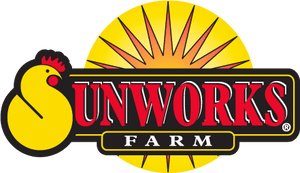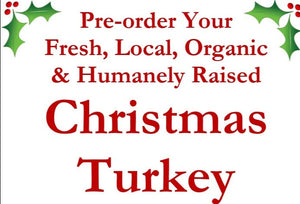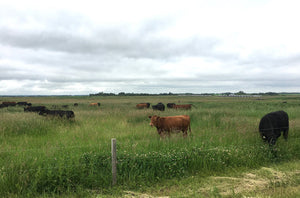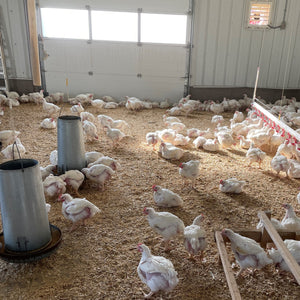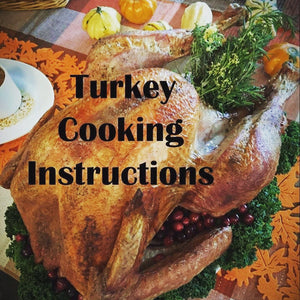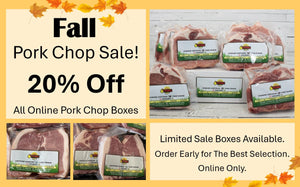Regenerative Agriculture

Regenerative Agriculture or Regenerative Organic Agriculture are the new buzz word. Everyone from small farms to large multinational food corporations are promoting their regenerative agriculture approach to farming. But what is regenerative agriculture?
The best description of regenerative agriculture is the following quote from Regeneration International “The key to regenerative agriculture is that it not only “does no harm” to the land but actually improves it, using technologies that regenerate and revitalize the soil and the environment. Regenerative agriculture leads to healthy soil, capable of producing high quality, nutrient dense food while simultaneously improving, rather than degrading land”
From the beginning one of our core values is that we believe that we are stewards of the land and that we should leave it in a better state than when we got it. This is the essence of regenerative agriculture. We do our best to work with mother nature and not against it. Restoring the land, improving the soil, increasing diversity both in the soil and in the environment always seemed to be just the right thing to do. We wrote our values in 1996 and had been using regenerative agriculture techniques since before that without ever being able to put a label on it
Our family moved from the City of Leduc to the farm in 1992. We had found an old beautiful abandoned farmstead with old mature trees and we fell in love with the location. The farmstead was attached to 320 acres of land that had been rented out to a local farmer for 30 years and had been continuously cultivated the whole time. According to the county land maps this farmland was some of the poorest land in the County. The topsoil was only 3 inches to 6 inches deep on average and in many spots the bare clay was visible. The poor soil was due to many factors including the topsoil blowing away in the 1930’s, continuous cultivation and lack of organic matter being put back on the land. The soil was utterly depleted, and the crops grown on it were completely dependant on chemical fertilizers since the soil was void of the nutrients the crops needed. With no plans on growing crops we immediately started planting a wide variety of grasses turning all the land into pasture land. No chemicals have been applied to the land since 1992.
With the idea of learning about better ways to improve our land in a sustainable long term way we took a holistic management course in the winter of 1995/1996 and we learned that we could grow healthy soil if we used the right land management practices. We had learned that pasture and animals were the way we were going to improve our soil for the long term. At this time we also had all of our land and animals certified organic. We fenced the land into paddocks so we could easily use time controlled techniques to graze our cattle.
During the summer we move our cattle herd everyday. Using portable electric fencing we give them a new strip of grass that the cattle can eat and trample down. From our dugout we have run waterlines across the pasture. A portable water trough is attached to these water lines that can be moved with the cattle and the cattle do not have to walk far for the water. This also prevents them from overgrazing close to the water . Overgrazing of the land closest to the water source is a common problem with conventional large pasture systems with fixed water sources. The herd eats the grass, tramples down the grass, puts manure and urine onto the land. This naturally improves the soil which improves the grass which allows the cattle to improve the soil. It is a symbiotic relationship and the heart of our regenerative agriculture.
In the winter we feed our cattle outdoors feed in bunks with wind breaks in the fields. The bunks are purposely put on areas of the farm that has some of our poorest soil. When the animals eat from the bunks there is always hay spilt and manure and urine deposited which helps improve these poorer areas. These feed bunks are also portable. Several times throughout the winter we move them to a new area in order to facilitate the natural spreading of manure across the land.
Our summer chickens are raised outdoors in shelters that are moved across the land. Chicken manure is deposited on the land in a thin layer. Again this enhances the growth of the grasses and with a little water the land explodes with growth.
We also spread our own organic composted manure over all the grazing fields. The composted manure comes from our winter chickens and our winter bedding areas for the cattle. The compost is so great for the land as it has so much nitrogen, phosphorous and many trace minerals. The compost has a huge amount of the good bacteria that totally complements and enhances the bacteria, microbes and all the other good soil bugs. With the combination of cattle manure, chicken manure and rain the grass grows extremely quickly. We time control graze the animals to keep up with the growth of the grass, because grass grows differently throughout the summer depending on the weather and time of year, we are always carefully managing our grass to grow soil and benefit the health of our animals.
Our grass can be many different heights throughout the summer and when the cattle eat and trample the grass down we put organic matter on the top of the soil. This organic matter acts like mulch and protects the soil from drying out. The large amount of organic matter throughout the soil acts like a sponge sucking up and storing the moisture. This organic matter is also a feed source for the soil microbes and bugs.
The depth of grass roots correlates to the height of the grass that is above ground. The taller the grass the longer the root is below ground. The plants are grazed a couple times a summer and as the plants grow and regrow their roots grow deep in the soil. When the plants have their maximum growth and when the plants are grazed some of the roots die and leave the carbon in the soil. This is the way that well managed grassland sequesters carbon using the roots of the plants.
Healthy, well fed, carbon dense, soil give us nutritionally dense grass, which gives us healthy animals, which give us healthy people.
We are proud of our soil and its health. The depth of our soil has increased exponentially over the 25 years we have been practicing regenerative agriculture, however we know that our work is not done. We will continue to grow even more soil and make the land better for the next generation.
Thanks
Your Farmers Ron and Sheila

- Sunworks Farm
